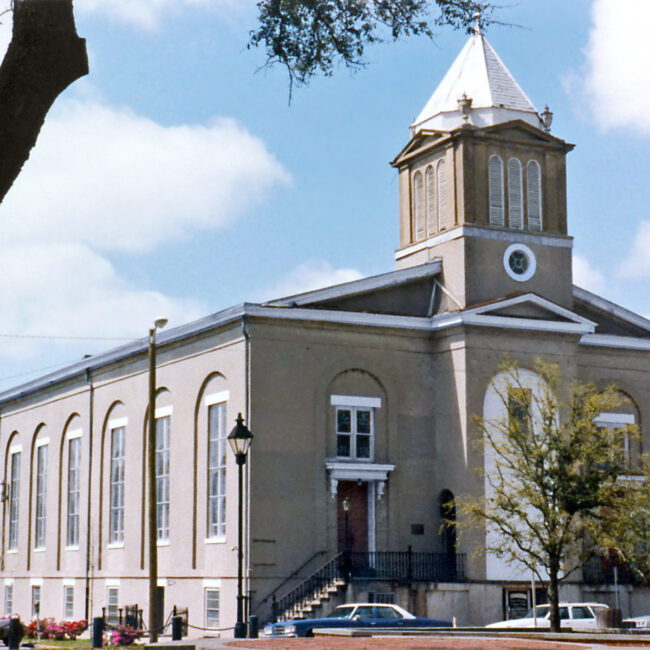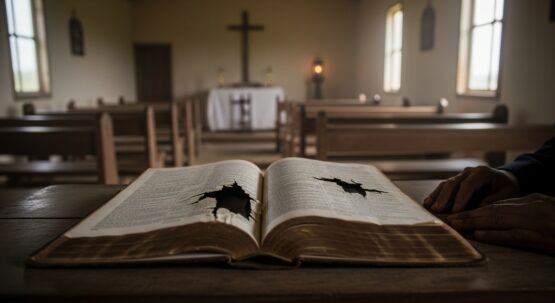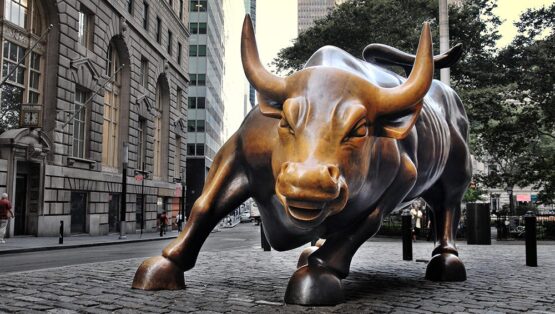If you walk down Franklin Square in Savannah, Georgia, there’s a red-brick church that doesn’t look like a secret. The walls are sturdy, the windows high, the name simple: First African Baptist Church.
But if you pause long enough, the air starts to feel heavier — because that building isn’t just old. It’s older than the United States itself.
The story of how it came to be doesn’t fit neatly into the version of American history most of us were taught. Because in 1773, three years before the Declaration of Independence, a group of enslaved Africans began gathering to worship in secret. They were led by a man named George Liele, a preacher born into bondage, who somehow found the courage to share scripture when teaching a Black congregation was punishable.
Four years later, in 1777, that small group became what we now call the First African Baptist Church of Savannah — a spiritual home built by enslaved people before “freedom” had a name in America.
Their sanctuary rose not from wealth or permission, but from persistence. The members worked the fields by day, and when night came, they gathered whatever they could: bricks, wood, the labor of their own hands. They were building a church in a world that didn’t want them to pray, read, or lead.
Imagine that. A congregation of enslaved people constructing a place of worship while still owned by others — before there even was an independent America.
And yet, they did it.
By 1788, leadership passed to Andrew Bryan, another man born enslaved who preached both faith and dignity. White authorities jailed him, whipped him, and ordered him to stop. He didn’t. He preached from his cell when he had to, and when he was released, he preached in the open.
The people kept coming.
Soon the congregation grew into hundreds, then thousands. They built a permanent church, and later, in 1859, they raised the structure that still stands today — brick by brick, much of it by enslaved laborers who would never see true freedom. The building’s floorboards still carry carvings made by their hands: African symbols, Adinkra signs, secret patterns of identity and hope.
Beneath those floors, there’s something else — a hidden space said to have sheltered people escaping slavery along the Underground Railroad. Whether all the stories are literal or part legend hardly matters. The meaning is clear: the church was both a sanctuary for the spirit and a passage toward freedom.
What’s unsettling is how little this story is told.
The First African Baptist Church predates most white Baptist congregations in the South. It predates the country itself. Yet in most history books, the earliest chapters of American Christianity start later — after the Revolution, after independence, after power changed hands.
It’s as if the existence of a Black church before America disrupts the neat story of progress. Because it shows that faith, organization, and vision weren’t granted to Black people by freedom; they existed long before freedom arrived.
Inside the sanctuary, the pews are handmade, and some still bear tiny holes drilled into them — air vents for those hiding below. The ceiling is painted with a pattern of stars and circles, said to reflect African cosmology. Every detail holds a layer of story, a piece of something passed down quietly when open speech was dangerous.
Tour guides tell visitors that when you step into the church, you’re standing in a timeline that stretches backward farther than the nation itself. They’re right. But it’s more than that. You’re standing in proof that community can exist even in captivity, that faith can build foundations where freedom has not yet reached.
There’s a strange irony here: a nation founded on liberty began its history with a church built by the enslaved.
And for more than two centuries, that contradiction has stood there in brick and shadow — an unspoken monument to both endurance and omission.
You can still visit today. You can sit in the pews, feel the rough wood under your palms, and look up at the same rafters that once echoed with voices singing under threat of punishment. It doesn’t feel like a museum. It feels alive.
And when you leave, you might find yourself wondering why this story isn’t taught everywhere.
Why wasn’t this the first chapter in the book?
Why did we have to find it on our own?
If this story made you pause, don’t let it disappear again.
Look it up. Read the records. The truth is there — written in brick and faith, older than America itself.
#Hiddenstories
Follow us on Facebook and Instagram for the latest updates and exclusive content!










